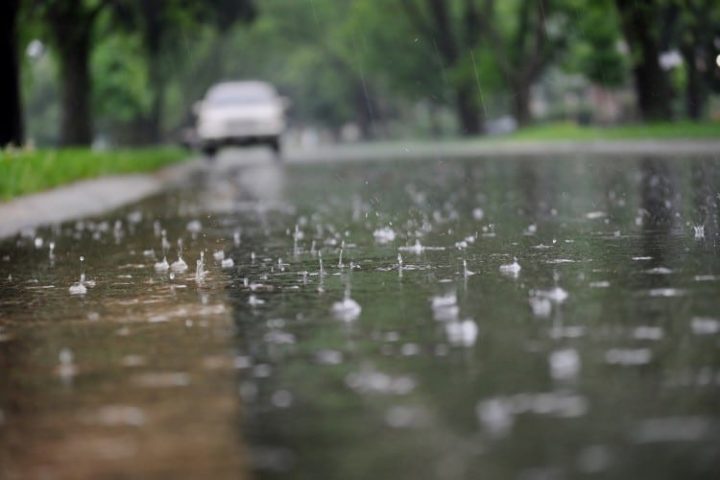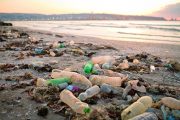
Water is the substance of life — rainwater, fresh clean water, there is nothing like it — but it’s changed forever, according to a new study conducted by researchers from Stockholm University and ETH Zurich.
The study revealed that rainwater contains per- and poly-fluoroalkyl substances (PFAS), man-made hazardous chemicals used in a wide range of consumer and industrial products. They are known as “forever chemicals” because they don’t break down in the environment.
The PFAS have non-stick or stain-repellent properties, so they can be found in household items such as food packaging, electronics, cosmetics, and cookware. But what the study demonstrates is that these “forever chemicals” are now spread globally in the atmosphere so that they are found in the rainwater and snow in even the most remote and isolated locations on our planet. They have even been detected in penguin eggs in Antarctica and in polar bears in the Arctic.
This month, the American Association for the Advancement of Science stated in a press release that during the last 20 years, guideline values for PFAS in drinking water, surface waters, and soils have decreased dramatically due to new insights into their toxicity.
“There has been an astounding decline in guideline values for PFAS in drinking water in the last 20 years. For example, the drinking water guideline value for one well known substance in the PFAS class, namely the cancer-causing perfluorooctanoic acid (PFOA), has declined by 37.5 million times in the U.S.” said Ian Cousins, the lead author of the study and professor at the Department of Environmental Science at Stockholm University.
“Based on the latest U.S. guidelines for PFOA in drinking water, rainwater everywhere would be judged unsafe to drink. Although in the industrial world we don’t often drink rainwater, many people around the world expect it to be safe to drink and it supplies many of our drinking water sources,” Cousins continued.
The report went on to explain that Stockholm University researchers conducted laboratory and field work on the atmospheric presence and transport of PFAS over the past decade. They have noted that the levels of some harmful PFAS in the atmosphere are not declining notably despite their phase-out by major manufacturers, such as 3M, two decades ago.
One important natural cycling process for PFAS is the transport from seawater to marine air by sea spray aerosols, as studied by the Stockholm University research team. They found correlating levels of PFAS and sodium ions, which are markers of sea spray. The chemicals’ transfer occurs when air bubbles burst as waves crash, and the study found that PFAS can travel thousands of kilometers via sea spray in the atmosphere before the chemicals return to land.
Some regulators and the chemical industry have long claimed that dumping PFAS into the ocean is an appropriate disposal method because it dilutes the waste to a safe level. The recent report concluded that the approach isn’t safe because the chemicals are returned to land, which can pollute drinking-water sources, among other issues.
“The common belief was that PFAS would eventually wash off into the oceans where they would stay to be diluted over the timescale of decades,” said Matthew Salter, a co-author of the study and researcher at Stockholm University. “But it turns out that there’s a boomerang effect, and some of the toxic PFAS are re-emitted to air, transported long distances and then deposited back onto land.”
What should be a concern for everyone isn’t necessarily the PFAS, but instead the government and environmental zealots’ response to the now-known forever chemicals. As noted above, U.S. companies no longer produce these chemicals. China is today responsible for producing most of the world’s PFAS.
In response to recent scientific studies, the EPA released in June four drinking-water health advisories for PFAS under President Biden’s action plan to deliver clean water. With this plan comes the heavy hand of government: “The EPA is moving forward with proposing a PFAS National Drinking Water Regulation in fall 2022. As EPA develops this proposed rule, the agency is also evaluating additional PFAS beyond PFOA and PFOS and considering actions to address groups of PFAS. The interim health advisories will provide guidance to states, Tribes, and water systems for the period prior to the regulation going into effect.”
So, once again, our government will spend needlessly and enforce regulations in an attempt to solve a problem in cleaning up our environment when the known source is far from our borders. Nowhere in the EPA’s advisories did this writer find a directive to solve the issue at hand. The solution should be that America’s and the world’s scientists discover non-toxic chemicals that can replace these PFAS to help keep our precious water sources clean.




